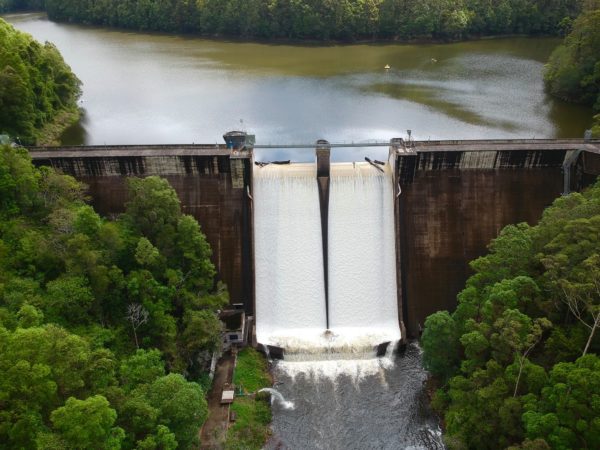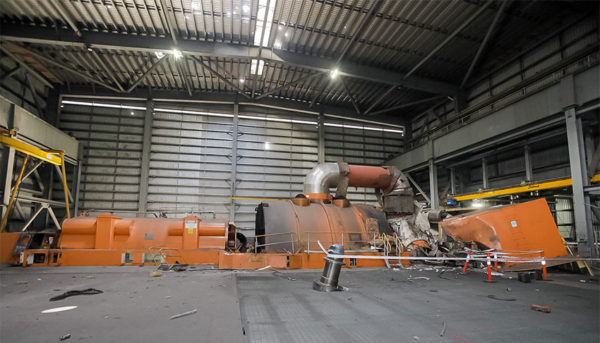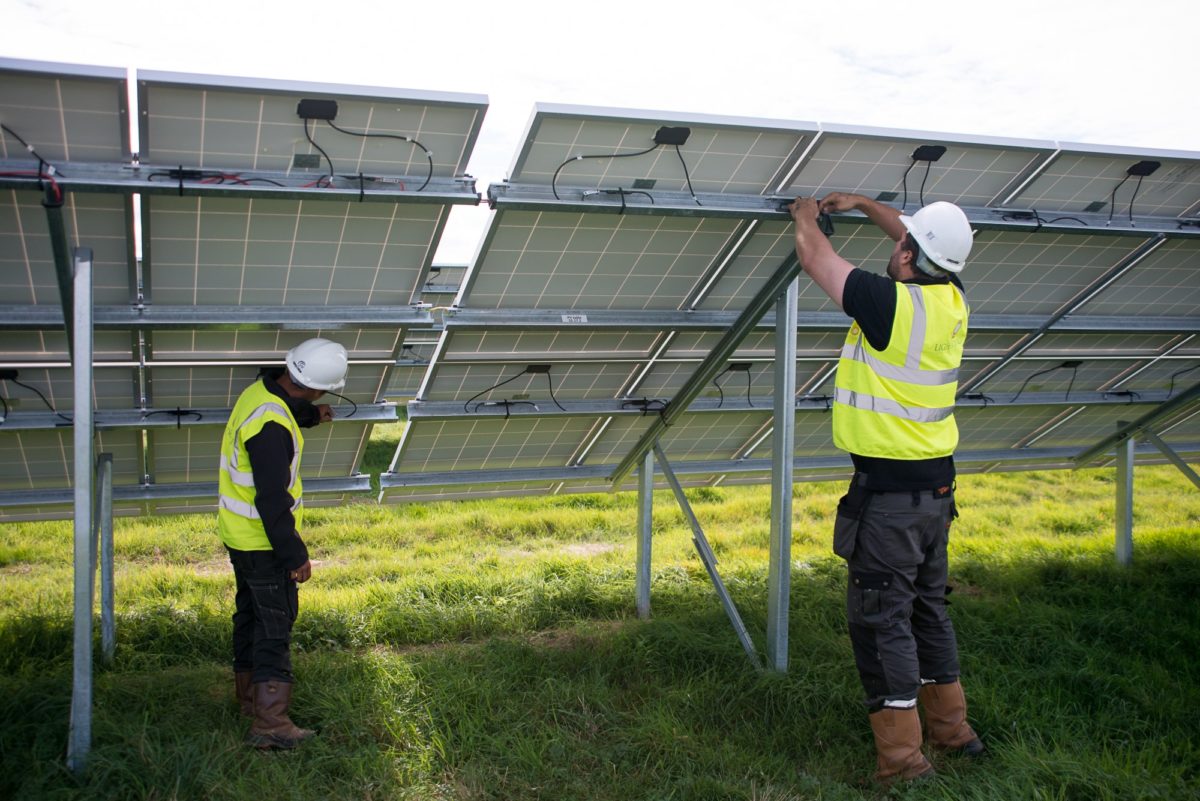The Queensland government is forging ahead with plans to develop a 1 GW pumped hydro energy storage facility near Gympie in the state’s south-east while Brisbane-based engineering outfit EPEC Group has announced that work on a substation at the $130 million Woolooga Solar Farm has commenced.
EPEC this week said a project team had headed to the Woolooga Solar Farm site west of Gympie, about 150 kilometres north of Brisbane, to begin construction of a 132 kV/33 kV substation which will connect the facility to the national grid.
The solar farm, being developed by the Australian renewables arm of British oil major BP, Lightsource bp Australia, is expected to generate 438,000 MWh of clean energy each year, enough to power about 71,000 homes.
The 176 MW solar farm is being built directly opposite the Lower Wonga substation on the Wide Bay Highway with government-owned utility Powerlink engaged to connect the facility to the grid.
Powerlink will also coordinate a feasibility study into the proposed Borumba Dam pumped hydro storage facility set to be developed about 80kms to the south of the Woolooga Solar Farm.
The state government has called for initial engineering and consulting services to deliver design and costings for the 1 GW project which would feature 24 hours of storage and would be Queensland’s largest pumped hydro project, with the potential to power up to 1.5 million homes.
Minister for Energy, Renewables and Hydrogen Mick de Brenni said the state government has committed $22 million for a detailed design and cost analysis of the project to support future decisions.

Image: Seqwater
“Borumba hydro is an important project for Queensland as we move towards our 50% renewable energy target by 2030,” de Brenni said.
“Pumped hydro will play a key role in complementing solar and wind generation.
“We hope that Queensland-based businesses get involved in the tender process to deliver the relevant work packages.”
Powerlink chief executive Paul Simshauser said the tender process would ensure the right expertise is secured on the project at the 46,000 megalitre Borumba Dam.
“Together with the Queensland government, we will soon commence engagement with a range of stakeholders,” he said.
“Borumba Dam has the potential to be one of the state’s largest infrastructure projects, so we need to get the right technical advice now in delivering the design and cost analysis.”
De Brenni said the need for the project had become more pressing following the recent failure of the coal-fired Callide C power station, which was taken offline following an explosion at the plant.

Image: CS Energy
The incident caused chaos in Queensland’s electricity system, leaving an estimated 500,000 customers without power for several hours.
“The benefits of having pumped hydro as part of our diversified energy mix was proven when Callide Power Station went offline,” de Brenni said.
“Pumped hydro storage is flexible, reliable, and complements renewable energy generation such as solar and wind. That’s why Queensland needs more of it.”
The call for tenders for the Borumba Dam project is the latest in a flurry of pumped hydro activity.
The state government last month announced a $14 million overhaul of the 570 MW Wivenhoe Pumped Storage Hydroelectric Power Station, while GE Renewable Energy revealed in January it had signed an agreement with Australian-based consortium BE Power to co-develop the 400 MW Big T pumped hydro storage project at Cressbrook Dam near Toowoomba.
Elsewhere, Genex Power’s 250 MW Kidston Pumped Hydro Storage Project in the state’s far north is also progressing.
This content is protected by copyright and may not be reused. If you want to cooperate with us and would like to reuse some of our content, please contact: editors@pv-magazine.com.









Then if they added floating solar to these plants , reduce evaporation, increase transmission utilisation and reduce incoming transmission losses, win/win/win